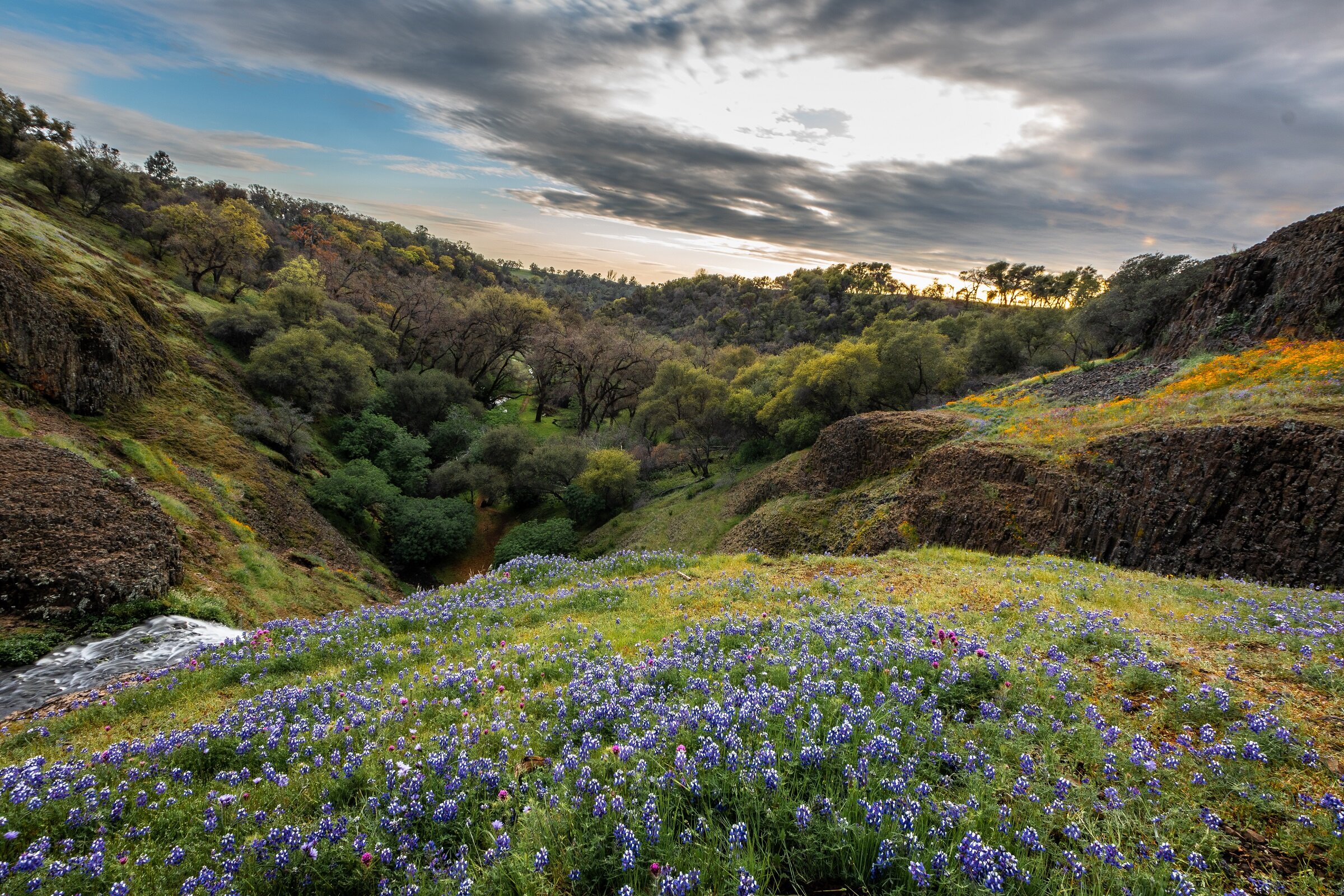
Notes from the Field
June 2021 Edition
Each month, our staff and Board members reflect on the changing of the seasons, advances in our work, and why our mission matters. June's post is a mid-term interview with our Project Assistant, Max Claret, whose beautiful landscape photography (as seen above) has graced several recent newsletters.
Staff: Can you share a little background with readers about how you came to work for the Northern California Regional Land Trust, and why you were interested in our mission to protect working and wild lands forever?
Growing up, I spent most of my free time outdoors, hiking, swimming, bike riding, skateboarding… you name it! My family emphasized the importance of getting outside and staying active; we spent most of our free time walking and biking around local parks and trails. During our adventures, the ecosystems in which we were immersed often became the center of our conversations. As I dove deeper into learning about our environment at school and through research, I realized that nature is under stress from many different factors including climate change, land fragmentation, urbanization, and pollution. Learning about how anthropogenic factors are degrading many ecosystems, including the natural areas I grew up in, inspired me to better understand ecology so that I could protect land and natural resources from being destroyed or converted. This ultimately led me to pursue a degree in Environmental Science at California State University, Chico.
As I entered my last year at CSU, Chico, I wanted to get more involved in our community here in Butte County and really make a difference by utilizing the knowledge and skills I have developed. I discovered the Northern California Regional Land Trust and their mission to conserve land and protect natural resources, which directly resonated with my values as an Environmental Scientist. I joined the team as a Project Assistant, and have enjoyed learning more about NCRLT’s mission and work in the community.
Staff: Based on your time working here, why do you think land conservation in this region is important?
A healthy, functioning, and resilient ecosystem will provide more ecological services and benefits to surrounding communities. Based on my time working for the NCRLT, it is evident that many agricultural areas that support high biodiversity, sequester large amounts of carbon, provide habitat for endangered and threatened species, and directly support the economy are under threat of land conversion. If these areas are developed and converted into subdivisions, the benefits that the ecosystems could provide are lost. Additionally, agriculture is one of the largest industries in NCRLT’s service region (Butte, Glenn, and Tehama Counties). Protecting agricultural land from being developed through conservation easements directly supports agricultural production and our local economy.
Staff: Has there been anything you learned through your work that you wish more people were aware of?
One thing that I found surprising during my work as a Project Assistant was how divided and fragmented land is. There is not a single piece of California land that is not owned by somebody, whether that is an organization, government, or citizen. Splitting up land into smaller and smaller parcels can result in more intense human impacts and contribute to the degradation of ecosystems in many ways, such as decreasing habitat connectivity. Conservation easements are a tool that can help to eliminate further subdivision of parcels and ensure that large tracts of land, like family farms and ranches, are handed down to future generations intact.
Staff: In summary, how has your experience here shaped your thinking?
My experiences working for the NCRLT have shaped my views about land conservation, land trusts, and the long process that land trusts must tackle in order to establish conservation easements. Before working as a Project Assistant, I knew about conservation easements but did not understand how much work goes into establishing them, nor did I know much about the types of organizations that facilitate these easements.
Working for such a small organization, I have been able to establish strong connections with my fellow team members around our shared passion for land conservation and our environment, but being small also makes it challenging to complete the work required to establish and maintain large numbers of conservation easements. NCRLT often needs to raise additional funds to gather materials or cover staff time to address emerging land management issues or tackle new projects. Because of this, we aim to be nimble and opportunistic, taking advantage of any funding opportunities that will help us to advance our work.
In short, I have learned that it is important to celebrate the small successes and keep in view that this work will matter in the long run. In the scope of the conservation needs in this region, it can sometimes be difficult to see that we are making an impact for the environment. However, if we look at the bigger picture, individual land trusts are serving an important role in maintaining ecological health through land conservation, and moving communities towards a better future.
